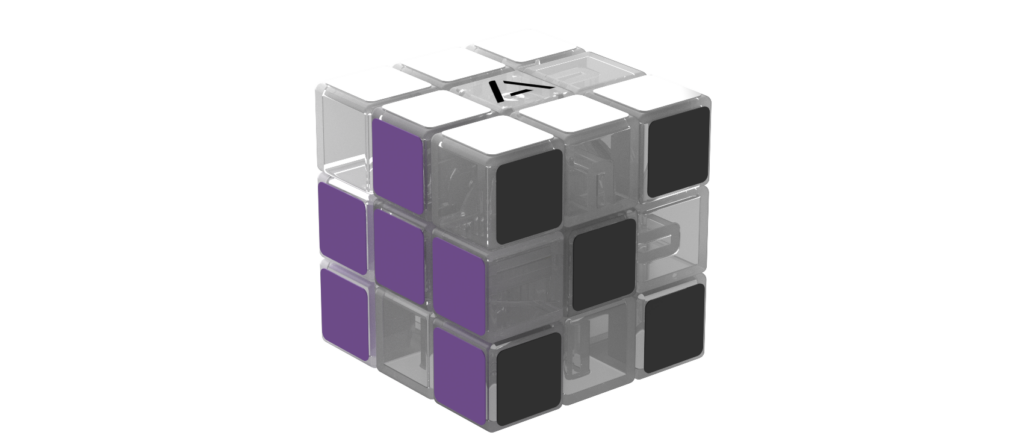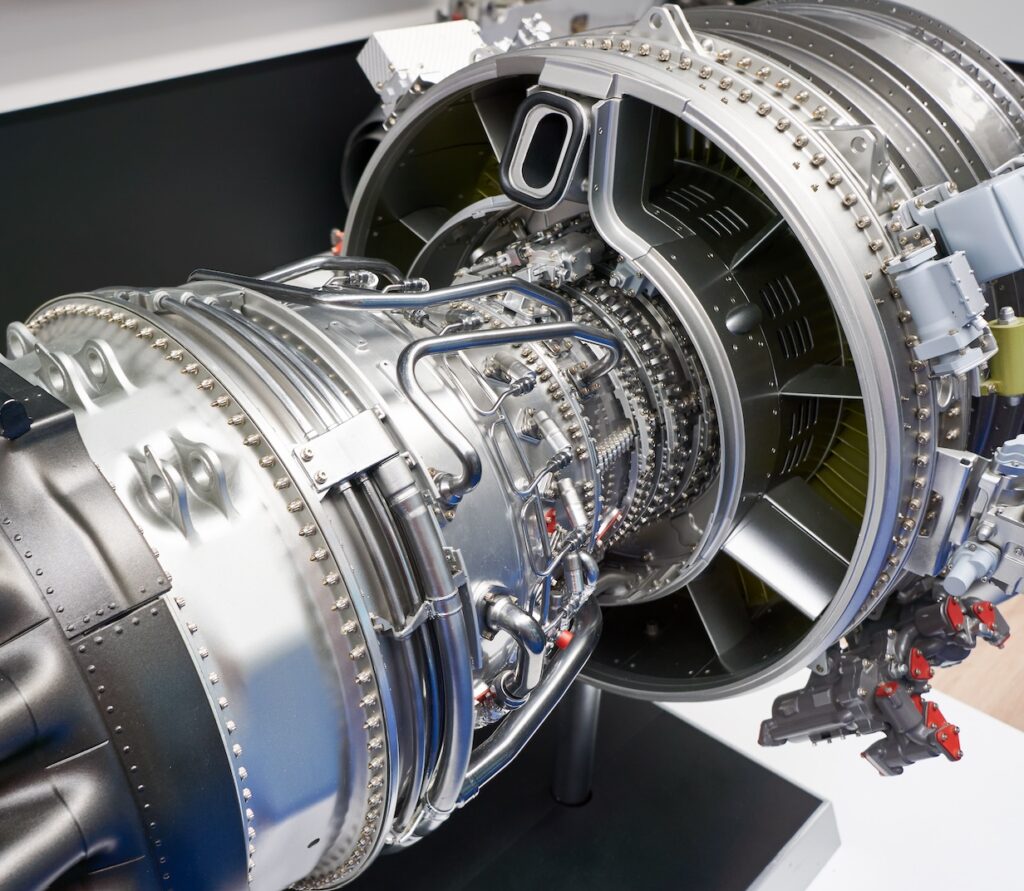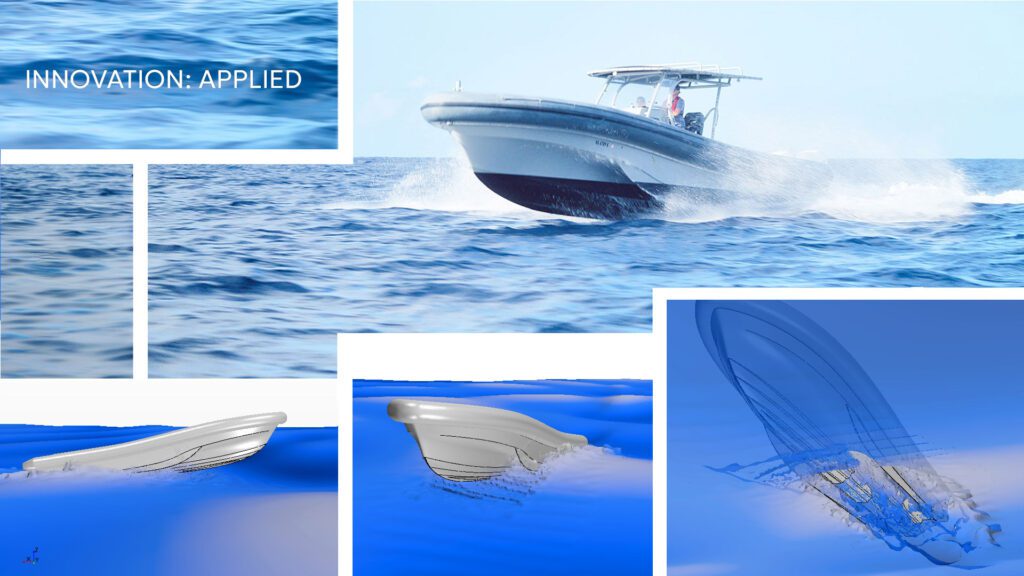We ended up with about a 30% increase in the velocity. So one can see there can be great gains with a higher velocity and also a reduction in the drag force.
Two Design Optimization Examples in Next Generation CFD
In this seminar we show a couple of examples that we’ve worked on at Predictive Engineering. The first one is a float mixing problem from an old HVAC job that we had some years ago. The unit sits on top of the hospital and it’s the air mix of a return air and new air mixing in before it goes into the heat exchanger racks. The challenge is to avoid getting hot and cold spots inside the system. Usually you have to have very large spaces and you have these blades so they’re set up to turn it. But in this case there are some space limitations.
The second example focuses on wind turbine blades and is a multi objective study because we want it to both look at increasing the velocity through the metal and decreasing the overall drag force. We ran through about 120 different design iterations and on the input parameters we set, when it runs into nonsensible geometry, it just throws it out, skips over it, and it goes onto the next one. It doesn’t hang up the software. It really reviews the space automatically for you.








